Documentary Filmmaking: What You Need to Know Before You Get Started
Rent film gear from local filmmakers.

Rent film gear from local filmmakers.
Go in-depth with:
Whether you're a complete beginner or an advanced filmmaker, being a documentary filmmaker is entirely different than from shooting regular movies.
Often, you end up working with what's available in a given moment. No staged conversations or expensive props. It can be quite intimidating, but if the idea of it seems exciting to you, then you might be just the person to try documentary filmmaking. So, how to make a documentary, and what camera to use?
Documentary Filmmaking:
Best Tips by Matt Harris
Interested in documentary filmmaking? Check out tips of Matt Harris – a director, and a producer of Rom Boys.
Trailer
jypw05d8hic
Intro
1
cZI22w1OcZg
Making a documentary
34
Filming interviews
120
B-roll
187
Prep stage
248
Camera equipment
404
Tips & tricks
502
Level up
586
Mistakes to avoid
635
Inspiration
761
Ending & credits
900
Meet Matt
X-nEWh22H6M
What you’ll learn
Shoot a lot of b-roll, especially in slo-mo which can get you out of many tricky situations in the post.
Don’t underestimate the power of social media and film festivals when it comes to distribution.
Use a color check passport, great for color balancing, especially if you have two camera setups.
Create a database of people who you’d like to interview and spend a lot of time on research.
Using two sources of audio is key – a shotgun and a lav microphone.
When interviewing your subject, cover the red light on your camera…
Here's what you need to know before you get started on your own documentary.
In this blog, you'll find out:
· What is a documentary?
· Where did documentaries start?
· Types of documentary
· How to make a documentary? (from scratch)
· What kind of B-roll do you need to plan for?
· Biggest mistakes (according to documentary filmmakers) and how to go from good to great
· Free gift
What is a documentary
Documentary films show real events and non-fiction. Seems pretty straightforward right? However, capturing a story and making your audience feel is not a piece of cake. Those are the main reasons why only a few documentaries reach the streaming platforms or cinemas.
When did documentaries start
The first official documentary was "Nanook of the North" by Robert Flaherty, in 1922. The film was an ethnographic look at the harsh life of Canadian Inuit Eskimos living in the Arctic.
When deciding you want to film a documentary you need to know what kind of style you are going for. It's ok to mix it up, just not too much, so it doesn't become a one big mess!
Types of documentary
Cinema verité / Direct Cinema is an observational type of documentary, where you're filming what unfolds in front of you, and you're simply the observer, not interacting with your subjects or the environment.
Pioneers of direct cinema and cinema verité include Richard Leacock and Robert Drew, commonly referred to as the father to cinema verité in the US. In France, Jean Rouch is recognized as the founder of such formats.
Re-enactment / Docu-drama is about recreating past events as accurately as possible. Often, you may have access to previously shot footage or tapes to illustrate past events. This format requires a lot of research, and you might need to become a bit of a detective to uncover the unique details.
Re-enactments were a trendy style before the aforementioned "verité" boys came onto the scene, especially in the 1960s. At the start of this century, filmmakers like Andrew Jarecki and Robert Houston started to rediscover this style.
Expository documentaries aim to look at a situation and then inform and persuade an audience with regards to a subject you're passionate about. It can be a place, person, or an event where a narrator provides a voiceover. Often old photos can also feature throughout the movie.
The expository style is typical of historical topics. Historical documentaries of Ken Burns fall into this category as well as movies by Michael Rubbo, or Pare Lorentz.
Participatory documentaries are where the filmmaker is a part of the movie and tries to explain, show, and expose different information. Often the filmmaker is trying to prove something, make discoveries, or even uncover a secret.
Michael Moore is seen as an ambassador of this style with his rules for making documentary films. His documentaries are regular vehicles for social commentary that delivers a dynamic shooting style and authentic result. The investigative work of Nick Bloomfield is worth mentioning here too.
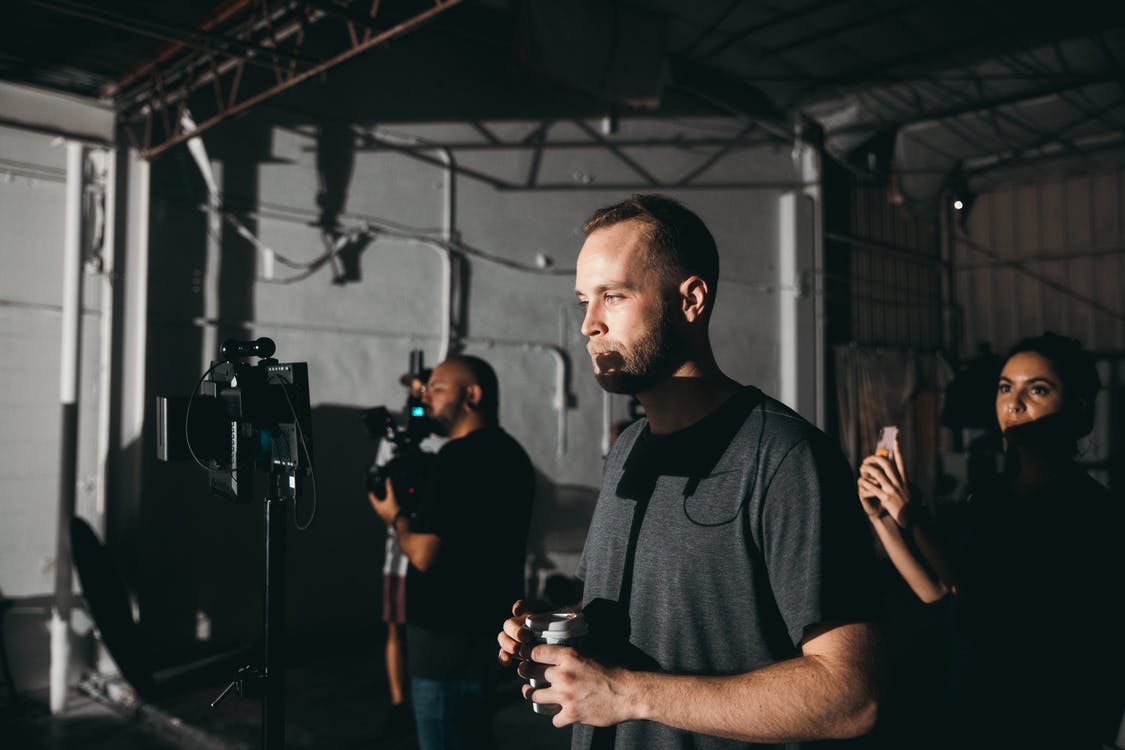
Performative documentaries are the exact opposite of cinema verité and often overlap with participatory. You not only observe but also interact. This type of film uses the experience of the characters or the main character to share emotions with the audience.
It can also mean, you, as a filmmaker, have a relationship with the main character, which can ultimately influence the final movie. Movies by John Grierson, Alain Resnais, and Errol Morris fall into this category.
Reflexive documentaries are documentaries about making a documentary. This might sound a bit confusing, but it's just about the experience of making the documentary. It's about how you film and react to the world around you.
This type often includes the filmmaker and focuses on their actions and processes. Check out films of Rob Reiner, Mitchell Block, or more recently, Nick Broomfield.
Impressionistic documentaries adopt a non-traditional approach. It's an experimental mix with voice over and also a sense of the story. It's more visual and allows for more art!
You can probably guess what this one's about by its name. Experimental documentaries are part of the "avant-garde cinema", pushing boundaries, and often have no rules. It's usually a short film, whereas other documentaries can be around 90 minutes long.
Poetic documentaries focus on emotions, experiences, and the visualization of feelings. You want to show emotions and make your viewers feel something or uncover the truth. Joris Iven, Alberto Cavalcanti, and Marlon Riggs are great examples of the poetic style.
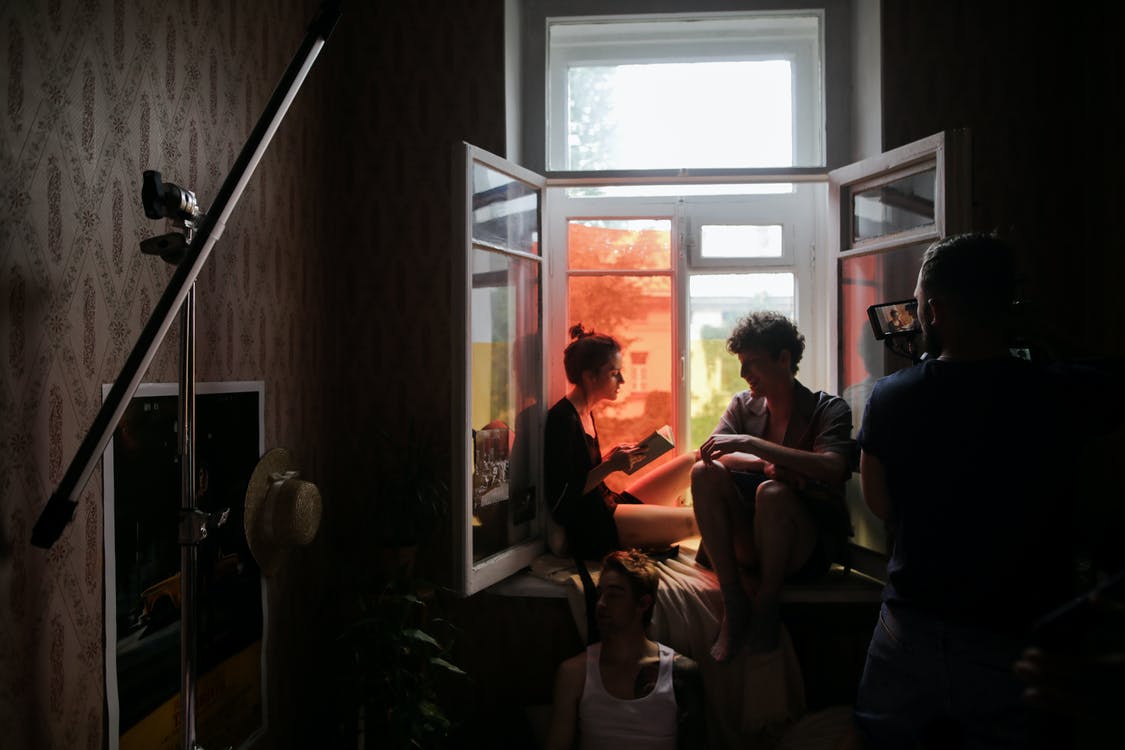
How to make a documentary (from scratch)
Pick your subject
Chose an event or a person that has a story to tell - but not just any story! Ask yourself these three crucial questions:
What are your interests?
It might take a long time to finish a documentary project – research, actual shoot, post-production, and distribution. Making a movie about something you care about and are passionate about might bring a higher level of emotional investment to the project. It's always more fun to work with something you love! So, keep that in mind.
What is available to you?
What do you need to get started and to get you through the whole process of filming a documentary? Network, crew, gear, time, and finances. Maybe you need to plan to travel too. You need to think about logistics, insurance, accommodation, transport, and much more. Can you manage all this with the resources available to you?
What about visualization?
Even if you prepare everything and feel ready, try to think ahead and ask yourself:
"Can you effectively illustrate the story and emotions through the visuals that you have prepared for before the process even begins?"
"Is the story visually appealing?"
"Will it draw and hold the attention of the audience once on a screen?"
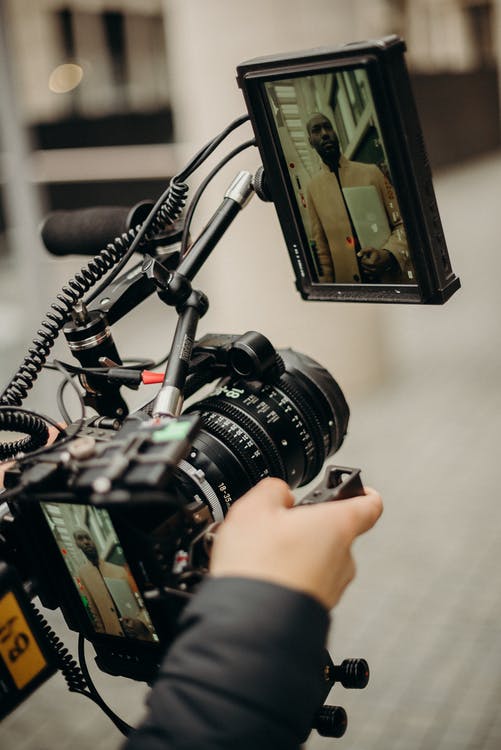
Find your theme
Perhaps the worst thing you could do is to spend all your resources and come back with just hours of random footage. Sure, it can look great, but is there a story behind the scene? You want to make your audience feel something. Make sure you're trying to prove something or send a message.
Like anything we do in life, filming a documentary should have a purpose. It's a lot more critical than you might think. It can even affect the colour and music choices for your film.
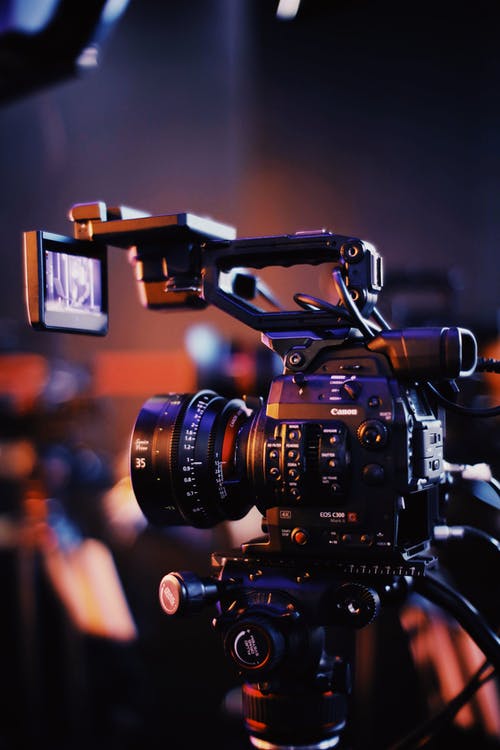
Determine structure
Documentaries are usually made of three parts – beginning, conflict, and resolution; sometimes referred to as the "three-act structure".
In the beginning, you should establish your character. Who are they? What do they do and what are their characteristics?
Then you need an incident, for example; what will happen to the main character?
During this part, you may need a setback, obstacle, or conflict. You need to display how things get more difficult for the main character. Tension is growing, and the audience doesn't know what will happen next.
During the climax phase, resolve the issue or expose what the movie was building on. You can end the story by letting the watcher know what happened and give them a solution, or leave them hanging, which might leave them with unanswered questions. This leaves the audience to construct their ending for the main character; a sense of mystery, or even frustration. For more non-traditional tips to “Help Structure Your Documentary” head over here.
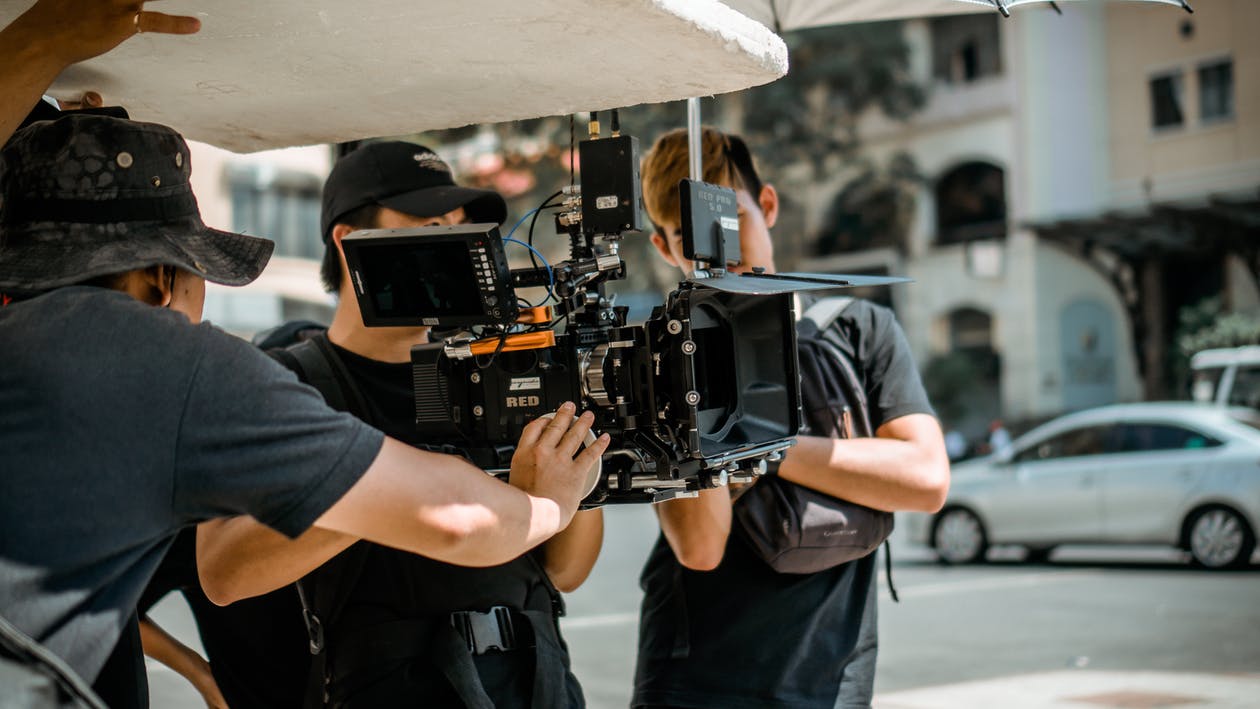
What kind of B-roll do you need?
In case you’re wondering, B-roll is a secondary footage to you’re A-roll or your main footage. It is supposed to work as an enrichment of your story and add greater flexibility when editing.
1. Exposition shots – building exteriors, nature shots, historical images of a particular place that a voiceover is going to be talking about
2. Narrative shots – follow the main character and observe them in their natural environment. How do they react to situations, and how do they interact with the environment?
3. Wrap-up shots – don't forget about slow motion, closing shots, close-ups, or opposites to wrap up scenes or the whole movie.
Biggest mistakes (according to documentary filmmakers) and how to go from good to great
A great film shows someone's journey, their story, and not just a bunch of cool shots put together.
Planning your scenes
When you're planning your shots, don't just think what the coolest shot that you could include in the film is. Which shot will show the characters evolving and the changing environment?
Never put your camera down
Even if you're not filming keep it pointed at the people. If you put down your camera when nothing is happening and then take it up when something happens, your audience can sense the change of the dynamic.
The challenge
When you compare documentaries to different kinds of movies, it is so much easier and cheaper to setup. You don't need props or actors; your job is to capture something real. Since you're not making something up, you need to work with raw conversations, feelings, or whatever you have – this can be more challenging than everything else.
Common misconception
There is a misconception about showing yourself in the documentary. People might say it's an ego thing. However, you can reveal yourself if it makes sense for the story. Explore, and learn new things about yourself as a filmmaker just by experiencing different stories.
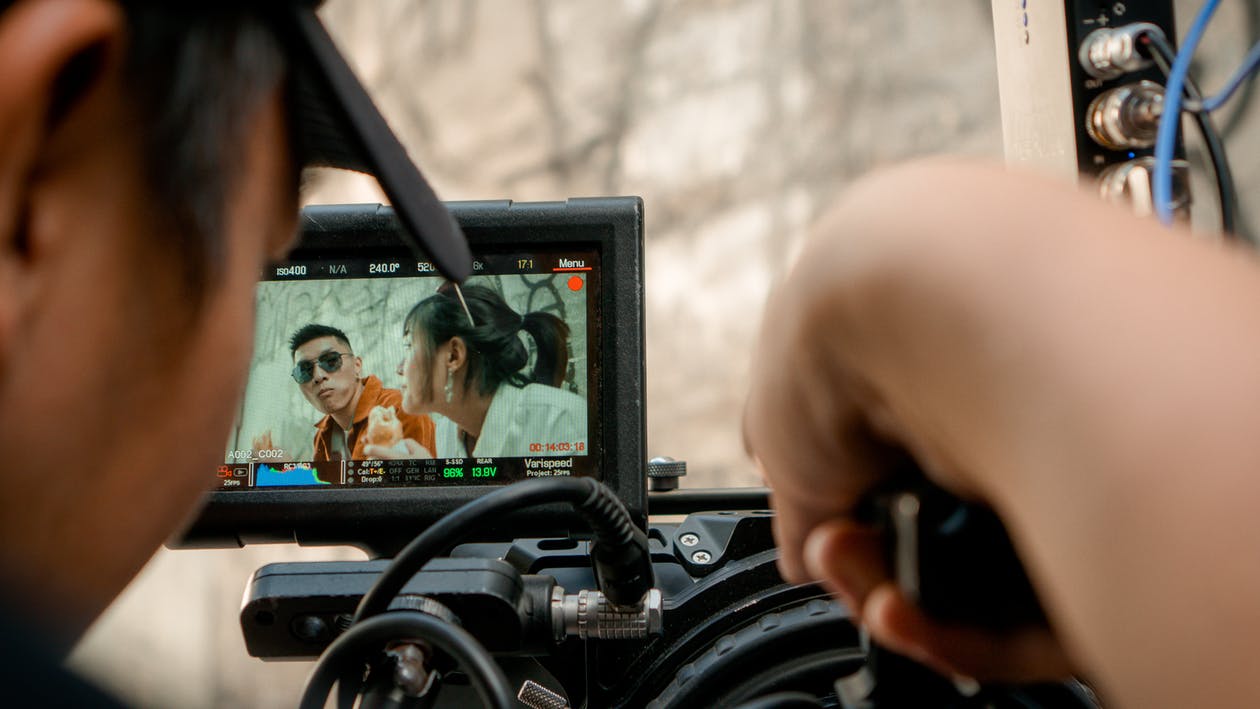
Empathy
Don't forget it's all about empathy. Connect, not only with the main character but with the communities included. Many powerful scenes come from insecurities, which are based on fear, which can be triggered by anything, so you need to be careful about your choice of wording.
Losing the audience
It is really easy to lose your audience, for several reasons, especially when you force an image. The more perspectives you have, the more voices are heard, and the bigger the audience you reach. With open shots, it's up to the viewer to deconstruct what are they seeing. It can even get a conversation started, which is way more memorable.
Sense of direction
You should have a sense of direction but don't force opinions on your characters. Especially when it comes to interviews, let your characters tell their truth and express themselves. Explore, be curious, and ask. Try not to guide them too much; that's how you capture authentic and truthful footage.
You have to let some of the control go and embrace the chaos of the process.
Sometimes you cannot shape a story. Sometimes the story shapes itself or even you as a filmmaker and a person.
If you're wondering what kind of setup you need to film a documentary hop over to our blog about Best cameras for documentary filmmaking in 2023.

Free gift
We know how overwhelming it can be to search for all the information needed to feel ready and get started with filming a documentary. You might not have even begun to think about things like distribution or funding in your filmmaking journey. Well, we've thought of it for you! We've gathered all the best tips out there, so hurry up and download our Guide to documentary filmmaking – How to shoot your first documentary film.
In the Guide, you can read more about the essential elements of documentary, determining your focus, distribution, funding, and more!
Just remember – it all depends on the topic! Every piece is different, and that's a good thing.
Enjoy the journey!
About the instructor
Matt Harris
Producer, Filmmaker
United Kingdom
Matt Harris is a UK based award-winning DOP, producer, and director specialising in high end documentary and branded content.
























